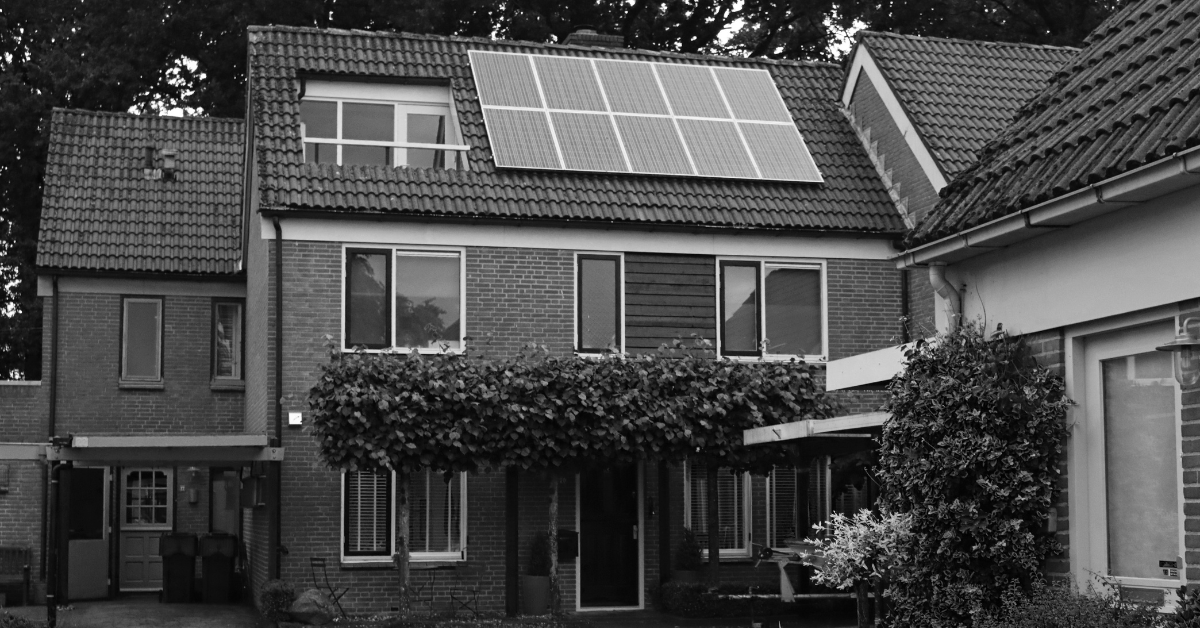
How To Buy A House And Make It Sustainable

*Collaborative Post
It’s no secret that growing numbers of people want to lead a more sustainable lifestyle. Many steps, such as going vegetarian/vegan and repairing rather than replacing items, are excellent ways to achieve that goal.
You’re likely reading this because you want to take things further and live in a sustainable house. But it’s not something you’ve done before, and you’d like to have an eco-friendly home without breaking the bank. What can you do?
While it’s possible to consider living in a tent or yurt, for instance, a more practical option for most people is to live in a bricks and mortar house.
Here’s how you can buy any house on the market and take actionable steps to reduce your carbon footprint with some sustainable changes:
Consider The Location
The first thing you need to do is think about where you should buy a house. If you live somewhere far from your workplace and amenities like shops and schools, you’ll have a large carbon footprint due to the long vehicle journeys you need to make each day. What’s more, mortgage brokers will often tell you that properties closest to major towns and cities are easier to buy and sell than ones out in the sticks.
When embarking on the journey of homeownership, one must carefully navigate the intricate process of purchasing a house. Whether you are a first-time buyer or a seasoned investor, the key to a successful transaction lies in thorough research and strategic decision-making. For example, if you’re buying property in Perth, it is essential to start by assessing your budget and obtaining pre-approval for a mortgage. If you are looking in England, Highcastle Estates is a reputable real estate agent who can provide valuable insights into the local market trends and available properties. Conducting property inspections and due diligence is crucial to ensuring that the chosen house meets your requirements and complies with legal standards.
Use Nature To Heat Your Home
Most homes in the UK have a gas boiler (typically a “combi” boiler powered by mains gas). You may not know it, but it’s possible to heat your home using nature!
For example, if you have an open fire in your living room, you can use it to heat other rooms in your home – particularly those where the chimney flue flows.
Other alternatives include a geothermal or “ground source” heat pump system, an air source heat pump system, and even a pellet boiler system that uses biomass fuel pellets which contain 100% pelletised waste wood from the timer and furniture manufacturing industries.
Stop Heat From Escaping
If your heating system uses a lot of energy to keep your home warm, and you’re not using renewable or eco-friendly energy sources, your carbon footprint will be very high!
That’s why it makes sense to keep your energy usage as low as possible. One way to do that is by taking actionable steps to keep your heat inside your home and to stop it from escaping. Examples of how you can do that include:
- Having triple-glazed exterior windows and doors fitted;
- Getting your loft insulated;
- Renewing your roof tiles and the framework if they are damaged.
Generate Your Own Electricity
Another popular way to have a sustainable house is by taking advantage of solar power. Depending on the size and location of your house, your roof can host several photovoltaic cells to capture the sun’s energy and convert that into electricity.
Some of your solar power can also get used to heat a hot water tank – perfect for keeping heating and hot water costs low.
Reduce Your Water Usage Significantly
Lastly, look at ways to reduce your home’s water consumption significantly. Popular methods of achieving that goal include:
- Using rainwater to water your plants;
- Reusing greywater for toilet cisterns; and
- Reducing the flow to your bathroom’s shower head.
*This is a collaborative post. For further information please refer to my disclosure page.




